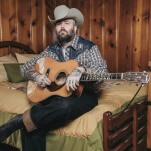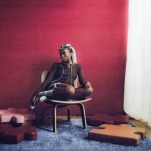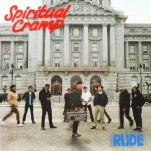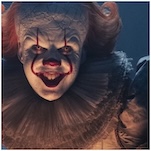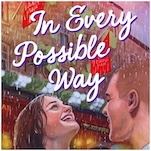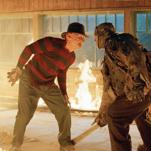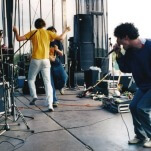Richard Swift: The Hex
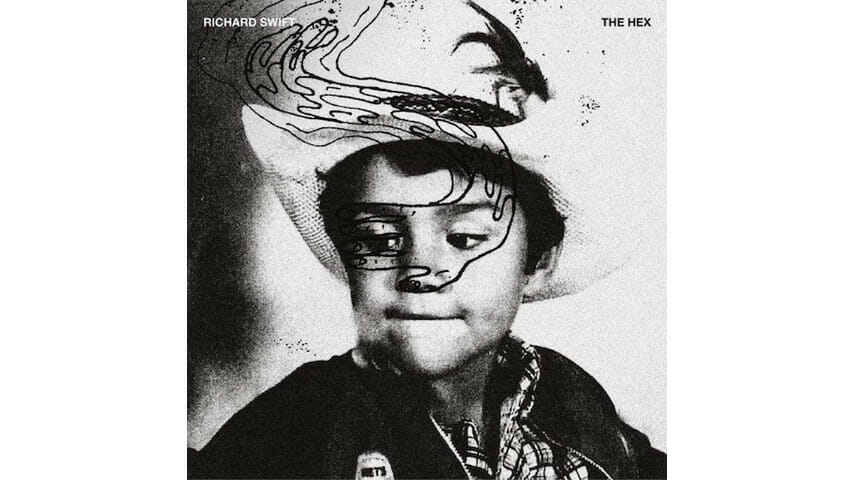
After singer, songwriter, multi-instrumentalist and indie-rock uber-producer Richard Swift died in July, his family announced, among other things, that he had been working on new music, that said new music had been planned for release in November, and that they hoped to share it with the world sooner than that.
Given the typical timeline for getting an album out into the world via an indie label, a planned November release means Swift had almost certainly put the finishing touches on the music he was making before he passed away. Which means The Hex—surprise-released today by Secretly Canadian—may very well be Swift’s final fully formed artistic statement.
-

-

-

-

-

-

-

-

-

-

-

-

-

-

-

-

-

-

-

-

-

-

-

-

-

-

-

-

-

-

-

-

-

-

-

-

-

-

-

-


